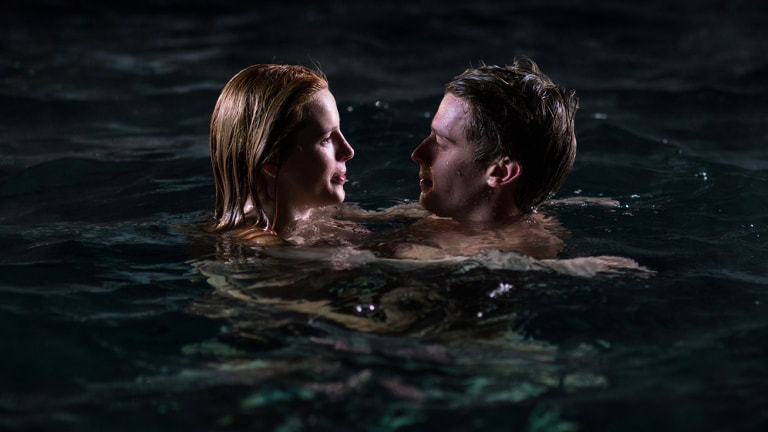IS “MIDNIGHT SUN” THIS GENERATION’S “A WALK TO REMEMBER”?
Since the time of Shakespeare’s Romeo and Juliet (and likely before), we’ve been obsessed with ill-fated teen romances.
On screen we’ve had everything from Love Story, to A Walk to Remember, and now…Midnight Sun. There’s something extra riveting about the juxtaposition of young (often beautiful) protagonists struggling to overcome the universe’s uncooperative plans for them.
Midnight Sun follows the story of Katie (played by former Disney Channel star turned social media phenom Bella Thorne) who suffers from Xeroderma pigmentosum. Turns out that is not a made up disease. It prevents those with the disorder from repairing UV damage to their bodies, meaning they can’t be exposed to the sun.
Like all romances of this sort, Katie meets her star-crossed lover, Charlie (played by Patrick Schwarzenegger) in a meet-cute at a train station. There are rarely surprises in films of this sort, and their doomed romance plays out over the course of the film.
So why do we find ourselves drawn to the unhappy ending almost as often as we find ourselves embracing a fairytale finish? Perhaps it serves to remind us to treasure what we actually have. Potentially we enjoy the glimmer of hope that this particular scenario will have a twist and turn out alright. Or maybe we experience a tiny bit of schadenfreude at not being in the position of the characters in these stories. Either way, I don’t see an end to this type of tale anytime soon.
Midnight Sun follows the story of Katie (played by former Disney Channel star turned social media phenom Bella Thorne) who suffers from Xeroderma pigmentosum. Turns out that is not a made up disease. It prevents those with the disorder from repairing UV damage to their bodies, meaning they can’t be exposed to the sun.
Like all romances of this sort, Katie meets her star-crossed lover, Charlie (played by Patrick Schwarzenegger) in a meet-cute at a train station. There are rarely surprises in films of this sort, and their doomed romance plays out over the course of the film.
So why do we find ourselves drawn to the unhappy ending almost as often as we find ourselves embracing a fairytale finish? Perhaps it serves to remind us to treasure what we actually have. Potentially we enjoy the glimmer of hope that this particular scenario will have a twist and turn out alright. Or maybe we experience a tiny bit of schadenfreude at not being in the position of the characters in these stories. Either way, I don’t see an end to this type of tale anytime soon.
This article originally appeared on KFOG.com on March 23, 2018.
